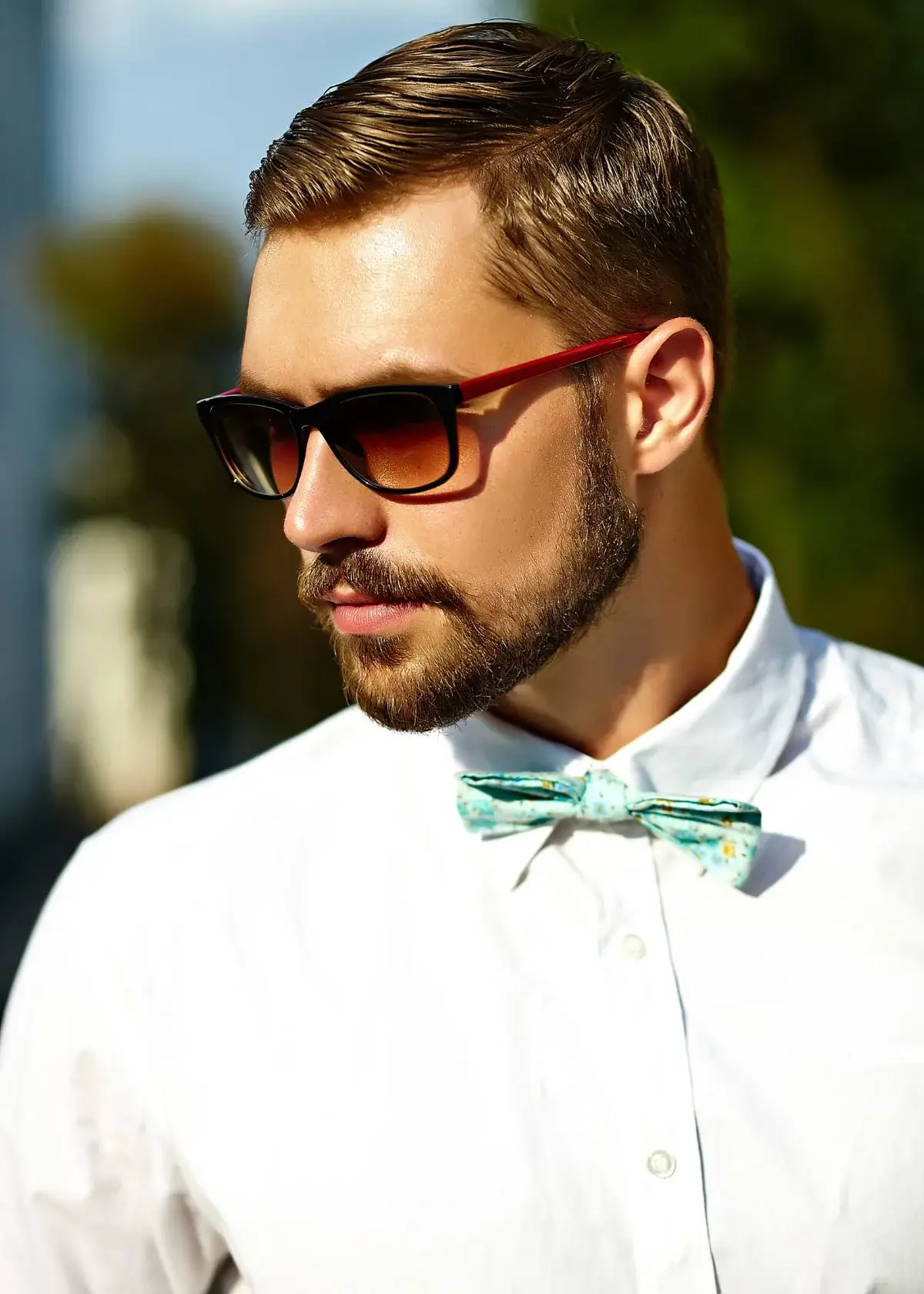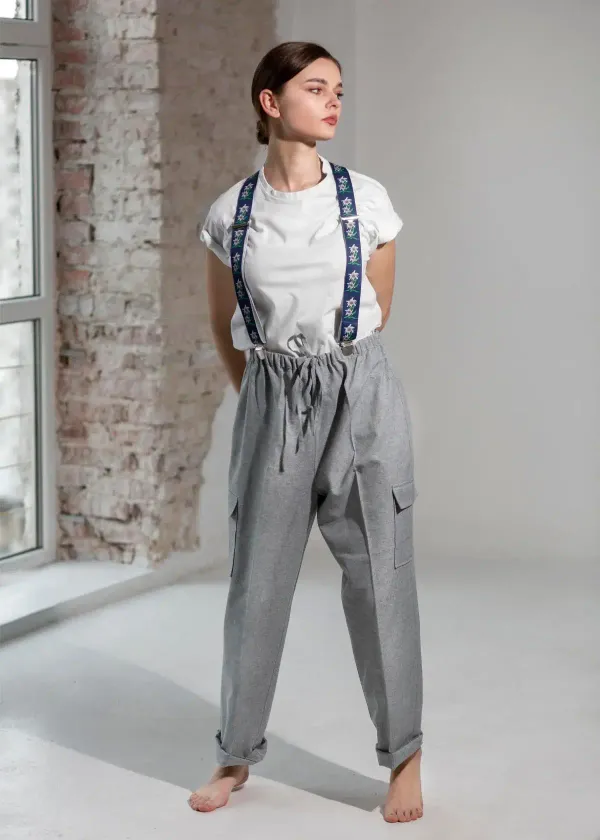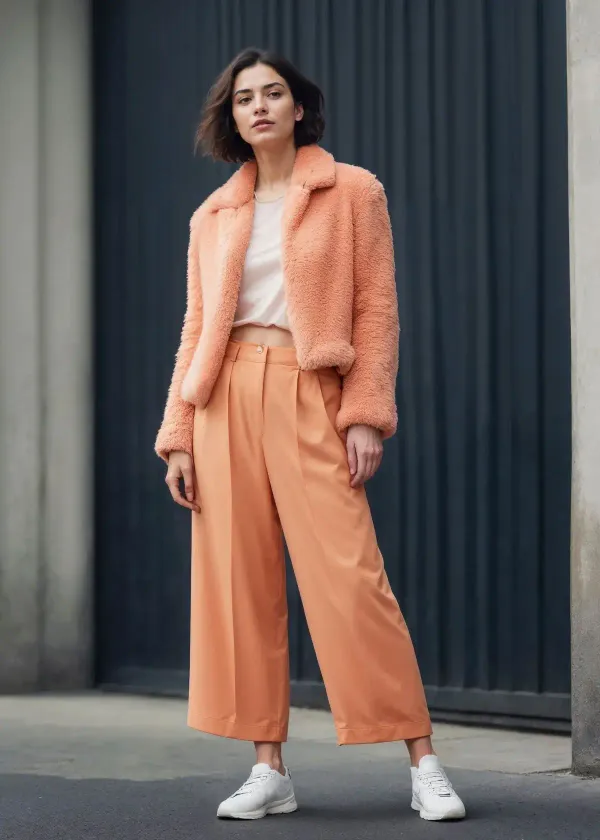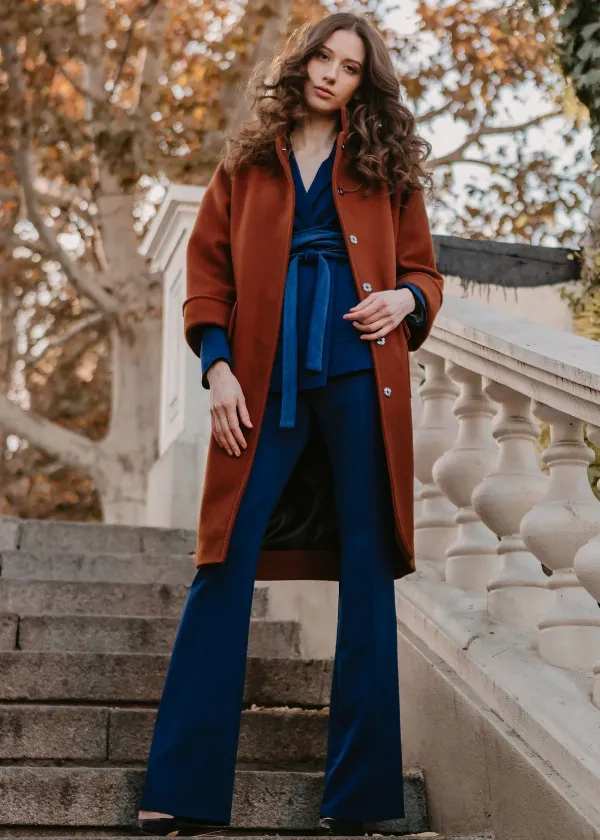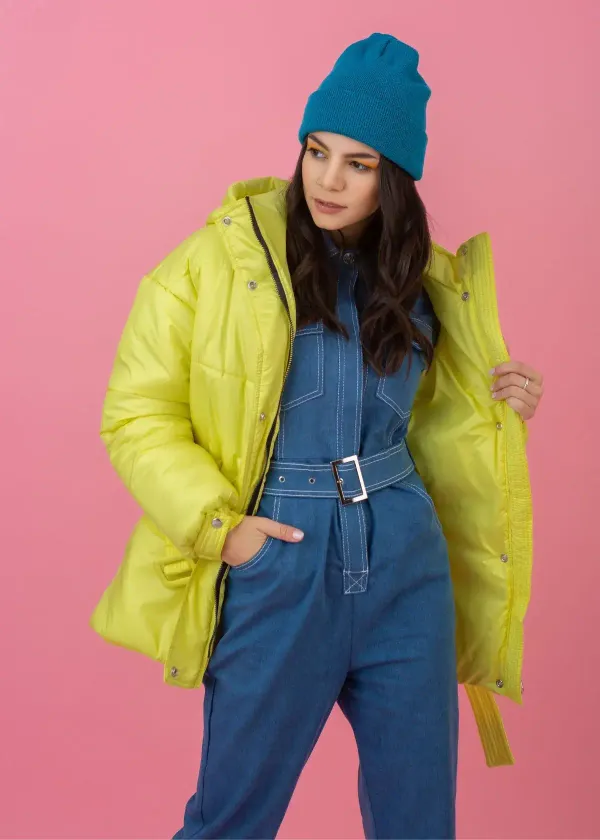The summer season is finally upon us, and the perfect accessory to complete any summer outfit is a pair of sunglasses. Sunglasses are more than a trendy fashion statement; they protect our eyes from harmful UV rays. However, not all sunglasses are created equal, and it is essential to understand if they protect against UVA and UVB rays. In this blog post, we will explore the truth about sunglasses and their ability to protect against UVA and UVB rays.
UVA and UVB rays are two types of ultraviolet light that can penetrate the atmosphere and cause potential damage to the human eye. UVA rays can penetrate the skin deeply, leading to premature aging and wrinkling, while UVB rays can cause sunburns and potentially lead to skin cancer. However, not all sunglasses protect against both types of rays equally. It is important to ensure that your sunglasses offer full protection against both UVA and UVB rays.
Many sunglasses on the market today have labels that signify their level of protection against UVA and UVB rays. Look for sunglasses with 100% UV protection or UV400 labeling, which indicates the sunglasses block both types of ultraviolet rays. Some manufacturers might also label their lenses as polarized, which reduces glare and improves visibility but does not necessarily indicate UV protection.
Not all designer brands ensure complete UVA and UVB protection. In fact, many fashion sunglasses might not provide adequate protection against UV rays despite the high price tag. When shopping for sunglasses, consider the regularity with which they will be worn and the environment you will be in. For instance, beachgoers may require more extensive protection than people walking around their town.
It is worth noting that the color and darkness of the lens have nothing to do with UVA and UVB protection. Lighter lenses can sometimes provide more protection than darker lenses, depending on their labeling. A darker lens may cause the pupil to dilate, allowing more ultraviolet light to enter your eyes. On the other hand, a lighter lens with proper labeling will block out 100% of harmful UV rays.
Sunglasses are a vital accessory for the summer season, making it essential to ensure that they provide complete protection against both UVA and UVB rays. Be cautious and investigate labeling before purchasing fashionable sunglasses, as they might not have any appropriate protection despite their expense. Remember the regularity of wearing them and the environment they will be used in to choose the best sunglasses for your protection. Remember, be stylish, but always protect yourself.
Are you tired of squinting in the sun or constantly losing your sunglasses? It's time to upgrade your eyewear game with the best sunglasses for men. We've researched to find the most stylish and high-quality options on the market. From classic aviators to trendy wayfarers, there's a pair of shades for every man's style. So, whether you're hitting the beach or running errands, you'll look cool and collected with your new favorite sunglasses for men. Follow the link to find your perfect pair and say goodbye to squinting for good.
What are the different types of lens coatings available for men's sunglasses?
Lens coatings for men's sunglasses offer a range of benefits. Anti-reflective coatings reduce glare, enhancing visual clarity and comfort. Polarized coatings are ideal for reducing horizontal glare from surfaces like water and roads, making them perfect for outdoor activities. Mirrored coatings not only add a stylish element but also provide extra sun protection. UV coatings are essential as they protect your eyes from harmful ultraviolet rays. Scratch-resistant coatings ensure durability, preventing minor damages. The choice of coating depends on your specific needs and the activities you plan to engage in while wearing your sunglasses.

What are blue-light-blocking sunglasses, and do they benefit men's eye health?
Blue-light-blocking sunglasses are designed to filter out high-energy blue light, which is emitted by digital screens and artificial lighting. By reducing exposure to this type of light, these sunglasses can help alleviate eye strain and discomfort. Furthermore, long-term exposure to blue light can harm eye health, potentially leading to digital eye strain, macular degeneration, and sleep disturbances. Men who spend extended periods in front of screens or under artificial lighting can benefit from blue-light-blocking sunglasses, as they promote overall eye comfort and may contribute to long-term eye health.
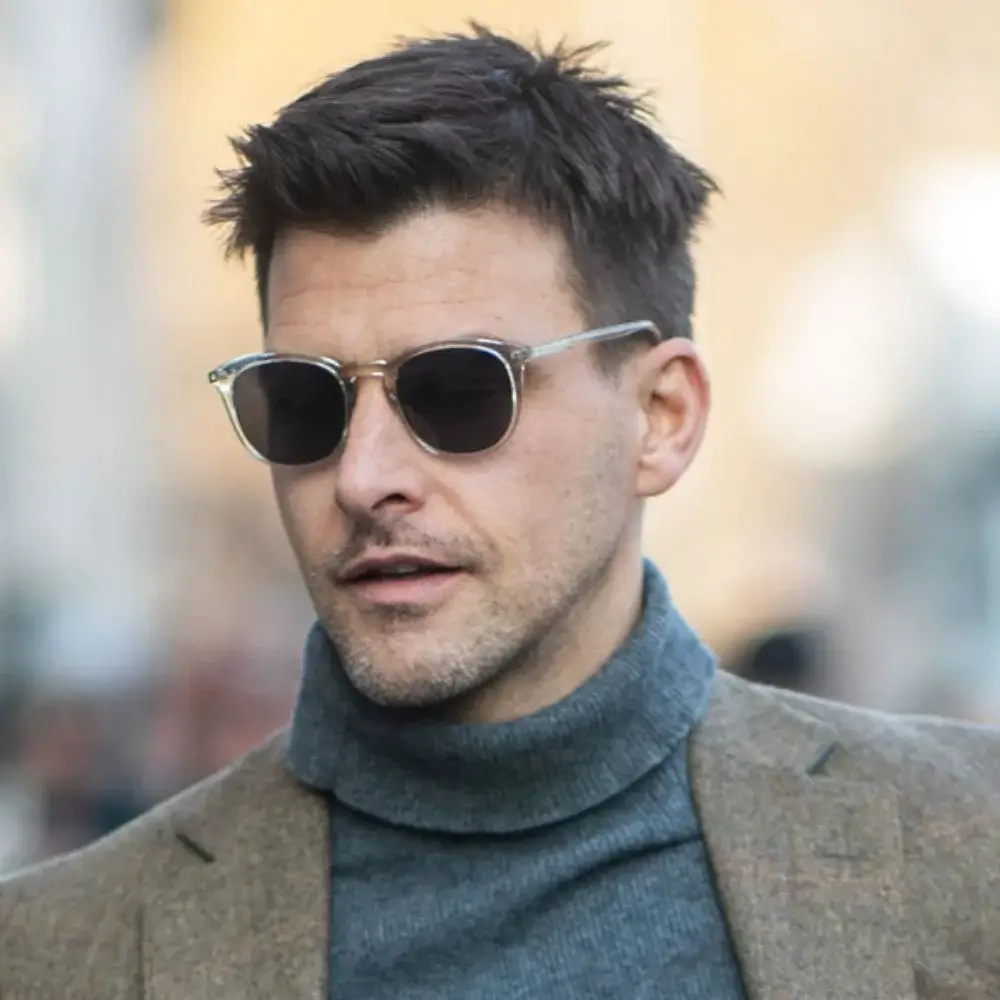
What are the best affordable options for men's sunglasses that still offer quality?
Affordable yet high-quality sunglasses are accessible to men who seek the right brands and models. Opt for well-established brands that offer budget-friendly lines, as they often maintain quality standards while catering to various price ranges. Besides, explore online retailers and promotions to find discounted designer sunglasses. Non-designer options can also provide excellent UV protection and sturdy frames, making them a cost-effective choice for those who value style and functionality.
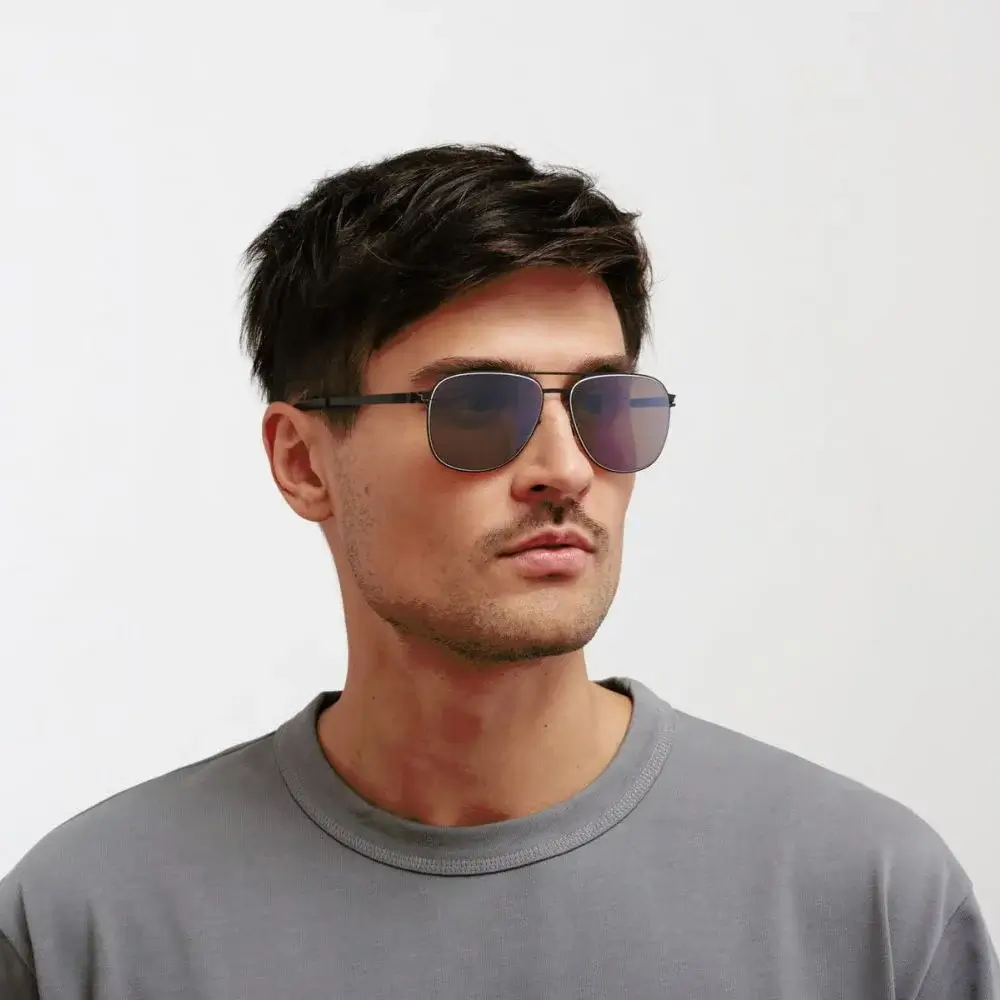
How should I store my men's sunglasses when they're not used?
Proper storage is crucial for maintaining the quality and longevity of your men's sunglasses. The best practice is to keep them in a protective case. This shields the sunglasses from external elements and prevents scratches. Avoid leaving your sunglasses in places with extreme temperatures or direct sunlight, which can lead to frame warping and lens damage. By using a protective case and storing them in a cool, dry place, you can ensure that your sunglasses retain their shape and remain in excellent condition for years to come.
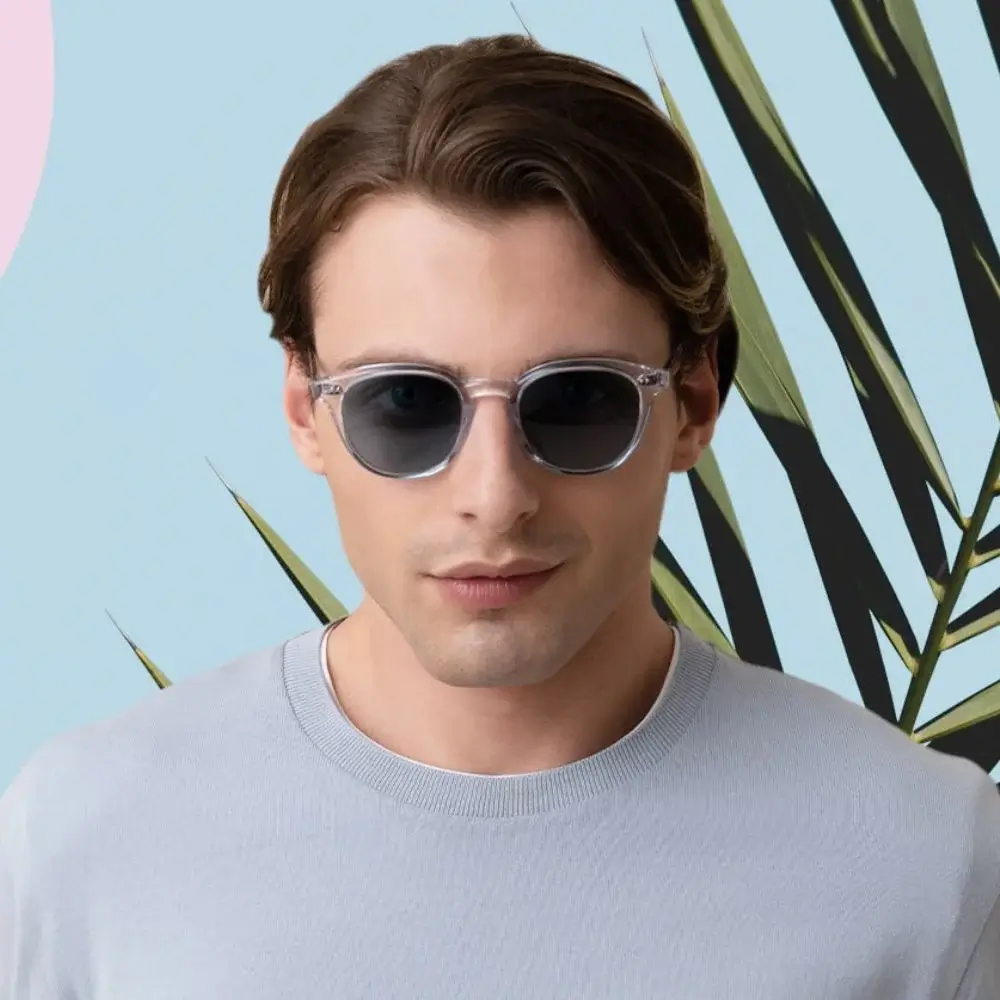
How do I select the most suitable sunglasses for different lighting conditions?
To choose sunglasses that adapt to different lighting conditions, consider lenses with adjustable or interchangeable features. Photochromic lenses are a versatile option as they automatically adjust their tint based on the surrounding light levels. These lenses are ideal for individuals who frequently transition between indoor and outdoor environments. Further, polarized lenses are particularly effective in bright and sunny conditions, as they reduce glare and enhance visibility. For low-light conditions, such as early morning or evening, yellow or amber-tinted lenses can provide improved contrast and visibility. Your sunglasses should align with the lighting conditions you expect to encounter.
Should men with prescription needs opt for transition lenses in their sunglasses?
Men with prescription requirements often find transition lenses a practical and convenient choice. These lenses seamlessly adapt to changing light conditions, offering clear vision both indoors and outdoors. Transition lenses effectively combine the benefits of eyeglasses and sunglasses, eliminating the need to switch between pairs. This convenience is particularly useful for individuals who frequently move between indoor and outdoor settings throughout the day. By opting for transition lenses in your sunglasses, you can ensure that your eyes receive the necessary prescription support while enjoying protection from varying light intensities, making your eyewear experience more seamless and adaptable.


